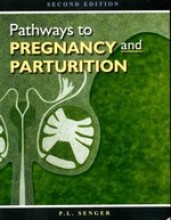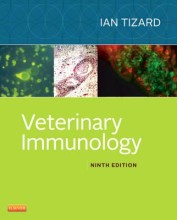Summary: Microbial Disease Mechanisms
- This + 400k other summaries
- A unique study and practice tool
- Never study anything twice again
- Get the grades you hope for
- 100% sure, 100% understanding
Read the summary and the most important questions on Microbial disease mechanisms
-
1 Introduction
This is a preview. There are 17 more flashcards available for chapter 1
Show more cards here -
When is the term commensalism often applied?
When the relationship between two organism is unknown or not obvious -
Potential/opportunistic pathogen:
Microorganism that lives in a commensal or parasitic relationship without causing disease unless they have the opportunity
Example: pseudomonas aeruginosa -
What are potential or opportunistic pathogens?
Normally live in a commensal or parasitic relationship without producing disease in their host
- Unless they have an opportunity brought on by some compromise or weakness in the host's anatomical barriers, tissue resistance, or immunity -
What are obligate pathogens?
Pathogens that do not associate with their host except in the case of disease -
When is an infection said to have occured?
If a bacterium breaches the blood or internal tissue surface
- An infection does not necessarily lead to infectious disease -
How are pathogenic bacteria able to produce disease?
Because they possess certain structural or biochemical or genetic trait that render them pathogenic or virulent -
What are clostridium tetani and corynebacterium diphtheriae?
Clostridium tetani -> causes tetanus, toxin producing (muscle cramps)
Corynebacterium diphtheriae -> toxin producing, non motile bacteria -
What are the pathogen's virulence determinants?
The sum of characteristics that allow a given bacterium to produce disease -
What do staphylococcus aureus, treptococcus pyogenes and pseudonomas aurginosa have?
They have more virulence factors (determinants) -
What are host defences?
The host has various degrees of resistance to the parasite
- Higher grades + faster learning
- Never study anything twice
- 100% sure, 100% understanding






























